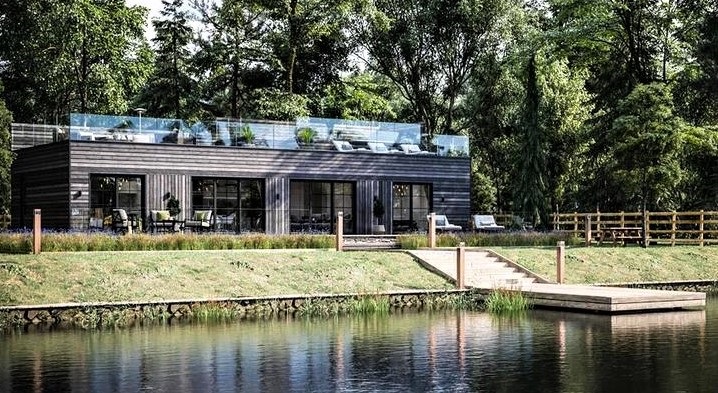
Those who follow the UK property market will be well aware of the ever-growing taxation and regulatory burden associated with the buy to let market. This has led to reduced mortgage interest relief, tighter lending conditions and higher stamp duty. Therefore, it will come as no surprise to learn that many investors are now switching to the furnished holiday lettings (FHL) market where the regulatory/taxation burden is significantly reduced.
What type of accommodation qualifies as a FHL?
In order for a property to qualify as a FHL it must be:-
• Located in the UK or the European Economic Area (EEA)
• Furnished to a standard for “normal occupation”
The property must also be advertised and let on a commercial basis with no reduced/zero rates for friends and family. In essence it must be seen as a stand-alone business where there is no favouritism given to any party.
Occupancy conditions
Aside from the location of the property and the requirement that it is let on a commercial basis, there are also three occupancy conditions to meet. These cover:-
• Patterns of occupation
When looking at lettings which exceed 31 continuous days during a one-year period (tax year), if the total exceeds 155 days per year then the FHL condition has not been met.
• Availability of property
To count as a FHL the property must be available for at least 210 days per year (tax year), not including days when family/owners stay at the property.
• Letting days
Aside from the fact the property must be available for at least 210 days per year; it must be let on a commercial basis for at least 105 days per year to qualify as a FHL.
There are some slight variations to consider with regards to FHL property portfolios owned by the same person. There is the option to average letting days, grace periods and other issues to take into consideration.
Are FHLs a viable alternative to buy to let?
As long as a property qualifies as a FHL then to all intents and purposes it is a recognised commercial business. Therefore the business will qualify for the array of allowances and reliefs readily available to commercial businesses. It matters not whether a FHL business makes a profit or not although the obvious long-term aim is to increase capital value and maximise rental income.
In light of Brexit concerns, currency movements and economic uncertainty in the UK, many people are now choosing “staycations” which is assisting the UK holiday market. This in turn has created significant momentum towards FHLs and given many investors a real alternative to the traditional buy to let market.
“Buy-to-lets are a perennial political football and under current legislation they’ve lost some of their shine, not helped by the slow-down in the UK housing market,” said Mr Walker at Spot Blue International Property.
Spot Blue is currently promoting a range of FHL developments with qualifying investors given the option of a three or five year assured rental agreement. As far as hands-off property investments go, with a 7% annual net return and rental income paid quarterly this has certainly caught the attention of property investors.
Conclusion
While FHLs have been around for some time they have certainly come to the fore in light of the much heavier regulatory and taxation burden on buy to let investments. Their qualification as a commercial asset means that FHLs can utilise the whole range of capital allowances and rate reliefs as well as the ability to offset mortgage/loan interest payments against commercial income.

